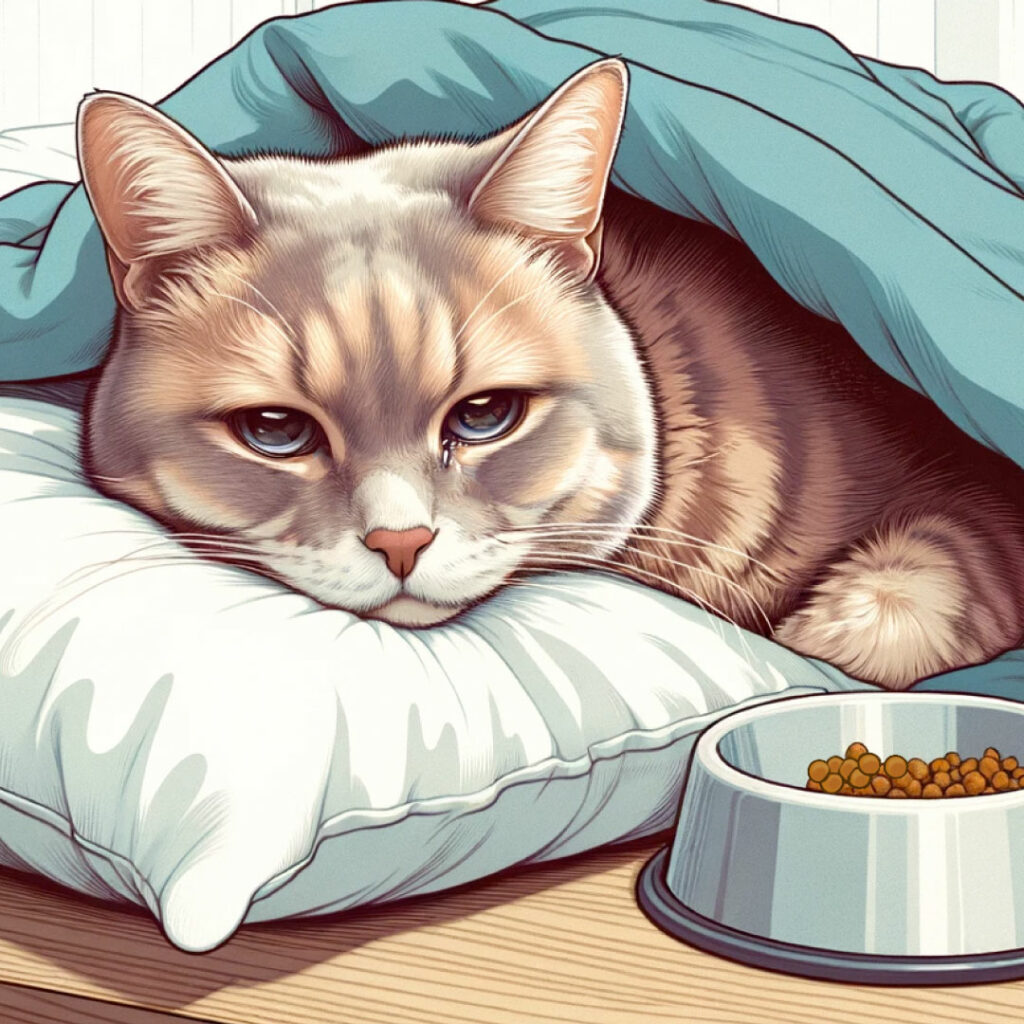How to Tell if Your Cat is Sick
Cats, with their mysterious and independent nature, are often experts at concealing their discomfort and pain. As loving pet owners, it’s crucial for us to decipher the subtle signs that indicate our feline friends might not be feeling their best. Understanding these signs is not just about being attentive; it’s about ensuring the health and longevity of our beloved pets. In this comprehensive guide, we’ll explore the various indicators of illness in cats, drawing insights from renowned cat behaviorist Pam Johnson. For more in-depth information, visit Pam Johnson’s website.

Changes in Behavior: Cats often express discomfort through behavioral changes, which can be subtle or significant.
- Less Active or Playful: A sudden decrease in activity or interest in play can be a red flag.
- Hiding or Seeking More Attention: Uncharacteristic behavior, like hiding more often or becoming unusually clingy, can signal distress.
- Aggression or Irritability: A change from their normal temperament, such as becoming irritable or aggressive, may indicate discomfort.
Changes in Eating and Drinking Habits: Eating and drinking habits can tell a lot about a cat’s health and well-being.
- Appetite Changes: Both a decrease and an increase in appetite warrant attention.
- Drinking Habits: Changes in their drinking patterns, either drinking more or less, can be significant.
Grooming Changes: Grooming behavior in cats is often a good indicator of their health status.
- Over-Grooming or Neglect: Excessive grooming or a lack of grooming can both be signs of underlying issues.
- Hair Loss: Matted fur or noticeable hair loss should not be overlooked.
Physical Signs: Physical signs are often the most noticeable indicators of a cat’s health.
- Weight Fluctuations: Both weight loss and gain are important indicators.
- Discomfort or Pain: Signs like limping or reluctance to be touched are clear distress signals.
- Lumps or Bumps: Any unusual growths should be checked by a vet.
Vocalization: Changes in a cat’s vocalization can be a subtle sign of discomfort or illness.
- Changes in Vocalization: An increase or decrease in vocalization, or changes in the tone or type of meowing, can be telling.
Litter Box Habits: Litter box habits are often one of the first things to change when a cat is unwell.
- Changes in Frequency or Consistency: Any alteration in litter box habits is noteworthy.
- Accidents: Urinating or defecating outside the litter box is often a sign of a problem.
Breathing and Coughing: Respiratory issues in cats should never be overlooked.
- Respiratory Issues: Labored breathing, persistent coughing, wheezing, or shortness of breath are all causes for concern.
Eye or Nose Discharge: Discharge from the eyes or nose can be a sign of various health issues.
- Discharge: Unusual discharge from the eyes or nose, or a change in the appearance of the eyes, should be noted.
Vomiting or Diarrhea: Digestive issues can range from mild to severe and should always be taken seriously.
- Digestive Issues: Frequent vomiting or diarrhea, especially if blood is present, is a serious concern.
Cats are adept at hiding their illnesses, so it’s up to us to be vigilant and responsive to any changes. If you notice any of these signs, it’s crucial to consult a veterinarian as soon as possible. Early detection and treatment are key to effectively managing health issues in cats.
Don’t wait for an emergency to arise. Regular veterinary check-ups are essential for maintaining your cat’s health. Visit Pam Johnson’s website and explore her books for more insights into cat behavior and health. We also invite you to share your experiences or tips in the comments below. Remember, your observations could help other cat owners too!
